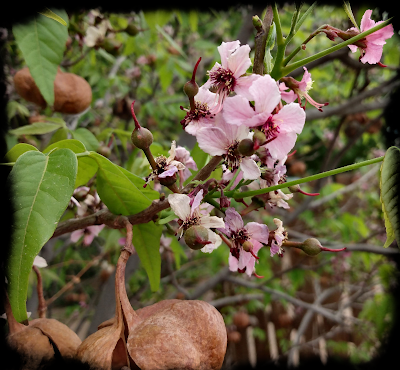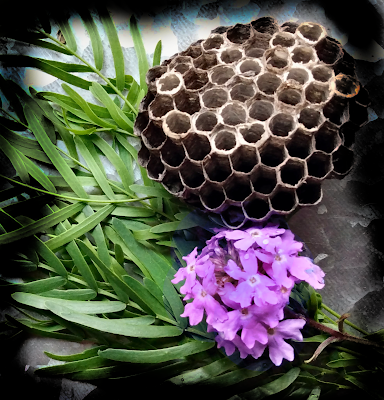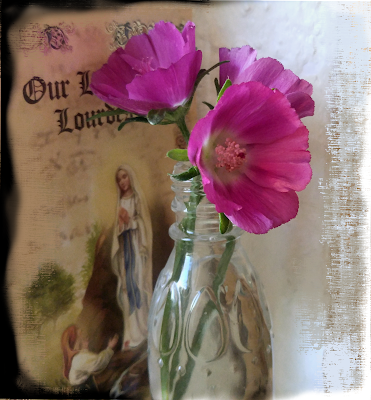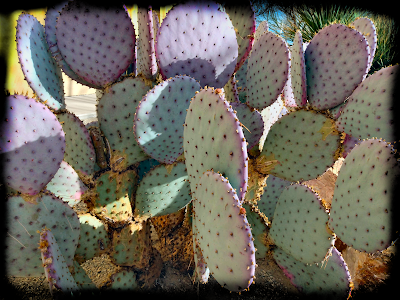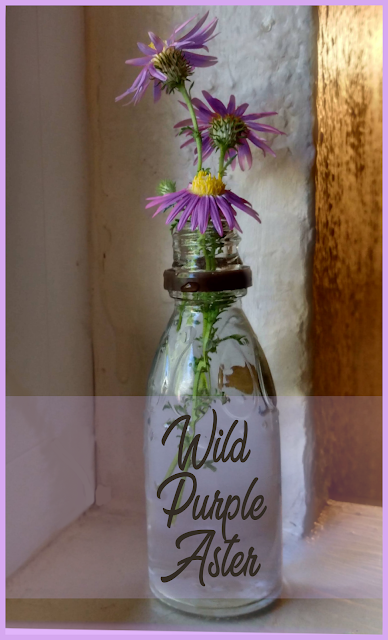I don't know. It may be the Cajun in me. Cajuns tend to be very nosey. Maybe in the swamp, they had to be nosey. "Is that a gator snout sticking out from under that car, or is that just the neighbor doing some engine repair?" "Are the kids playing with a soaker hose, or a water moccasin?" "Is that a shrimp or a crawfish? Never mind, pass me some hot sauce."
Maybe because I'm always writing a portion of "a book" mentally, collecting the things I hear to throw into it, but I tend to remember passing remarks. While my short-term memory is usually shot, things like this get stuck in it, taking up valuable and scarce room.
At work, the school was established by a pair of sisters. They are still there, and work together as the administrators. Oh boy. Boy howdy. Howdy howdy howdy do. Big sis and little sis. Little Sis is as sweet as a bucket of syrup, and Big Sis is as sweet as a gallon of vinegar. About two feet behind me, they started up a conversation.
Little Sis: "Um, oh oh, um, ha ha, oh Dee-Dee, Dee-Dee, do you remember that funny game we used to play? That game?"
Big Sis: "WHAT? What game? What are you talking about? We need to be getting ready for the board meeting."
Little Sis: "Oh, that funny game. You know, the game? Oh, we loved to play it. That one. Oh gosh. Tee hee."
Big Sis: "WHAT? You're a lunatic. What game are you talking about? We didn't play any games. We played dolls."
Little Sis: "Uh-huh, yes we did. We did play games. Oh, I loved playing dolls. But that one. That one momma said, 'You stop playing that right now or you will get warts.'"
Big Sis: "WHAT? Get warts?"
Little Sis: "Yes, she didn't want us to get warts, but we never got any, did we? We loved that game."
Big Sis: "WHAT ARE YOU TALKING ABOUT?"
Little Sis: "That game, that one game, that toad game. Toad Catcher!"
Big Sis: "Martha Ann, we played no such game. What are you even talking about? Toad Catcher."
Little Sis: "Yes we did! We did! We loved it! Toad Catcher! We would play with the toad, we would catch it, and then it would be the other one's turn! Yes we did! You loved it, we played it, you made it up!"
Big Sis: "I did not. I never heard of this in my life."
Little Sis: "Yes, yes yes yes you did! And if the toad peed on you, you lost, you had to hide your eyes! And the toad was the baby, it was the baby and we'd make it a house, too."
Big Sis: "You are crazy, Martha Ann. I never touched a toad in my life. I would never touch a toad. Never."
Little Sis: "Yes you did! We loved that game! You made it up! Yes, yes you did!"
This went on for quite some time. Now I'm left wondering, DID Dee-Dee make up the Toad Catcher game? Is Martha Ann right? How exactly was the game played?
My husband and I went to check on our community garden plot today after a drive to take some photos of a wild shrub called Mexican Buckeye, that is finishing up blooming. You can spot last year's big pods and this year's immature ones on the same plant.
At the community garden, the wild morning glory (the kind that spreads on the ground, convovulvus) was just spreading and climbing up the sides of the plot, and I wanted to pull it back so that the boards were free of it and it couldn't clamber down into the bed itself. So, I started pulling weeds on my side, and my husband started pulling on his side.
Then, he said, "Whoa! A frog! A frog!"
Southwestern Woodhouse Toad
I went over there, and there was a big, maybe four-inch long disgruntled-looking toad sitting, now visible with the weeds pulled away from his little house. I was astounded! A big, clearly an aged, toad, in the desert!
I took a few quick photos and we hastily put the weeds back on top of him or her, and then loaded some pine straw on top of that. There are lots of weeds around some of the unclaimed plots, so I hope he will be all right. I hope he stays by my plot, though. I did an image search on Google and found out that he or she is definitely a Southwestern Woodhouse Toad. And I wonder, is this how the game of Toad Catcher started?




